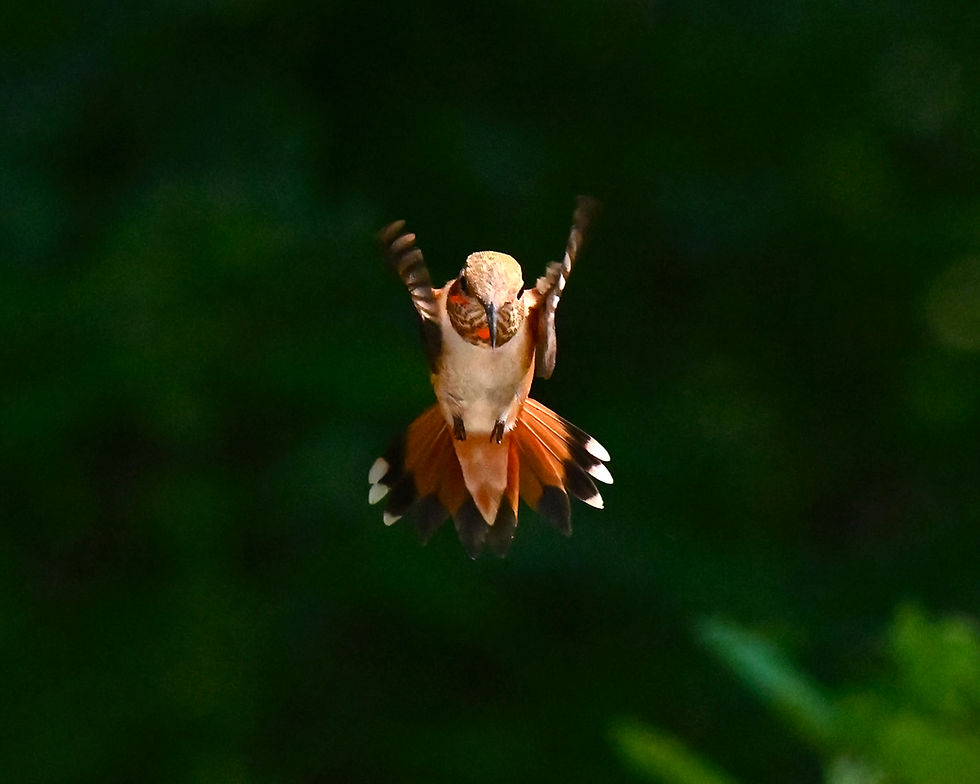Upping My Landscape Photography Game
- Vicki Wilmarth

- Jan 4, 2022
- 2 min read

Photographing landscapes on the flat plains of the Texas Panhandle is challenging, because frankly, we don't have that many breathtaking vistas to memorialize. But two things we do have are big, dramatic skies and Palo Duro Canyon State Park.
So in my quest to become a better photographer, I naturally sought out these two local assets to practice my landscape photography. I received a new wide-angle lens suitable for landscapes (Sigma 18-35mm f1.4 ART lens) for Christmas. A couple of days later, Rohn and I went to the state park (about 25 minutes from our house) before sunrise to see what kind of beauty the canyon could produce. I had been reading and watching videos about landscape photography and my head was full of rules about foregrounds, midground and background, tips on perspective and composition, and worries over using a tripod (which I don't use in bird photography because birds, well, fly away)!
We arrived at first light, when the sky was just starting to color up and the lights in the Dick Mack Pavilion were still shining (in the bottom right corner of the first photo, below). Rohn helped me set up the tripod and talk though camera settings. Within a few minutes, the panorama looked as if it had caught fire.




In some ways, sunrises are like birds in flight: they are spectacular just for a few moments and the trick for photographers is catching them during those moments. Then they are over.
But the skies continued to be interesting that day even after the sunrise stopped showing off. There were stratus clouds, contrails and the normal vibrant blue skies showing behind the Spanish Skirts and the Permian and Triassic hoodoos and peaks of Palo Duro Canyon.


That late December day, there was also water in the Prairie Dog Town Fork of the Red River, which runs through the canyon base. Our area is in a terrible drought, with no measurable precipitation falling in more than 70 days at that point. But the City of Amarillo regularly treats and releases its wastewater into Lake Tanglewood and downstream into Palo Duro Canyon, so rainwater is not the only source for the creek.


Unfortunately, as the morning progressed, the skies became completely overcast, so Rohn and I called it a day.
So that was my first attempt to do more than just point my camera at a pretty vista and press the shutter. I'm going to attend a wildlife and landscape photography workshop at Bosque del Apache in January 2022, so I hope to learn a lot more about appreciating the beauty of nature through my camera viewfinder, even if there is not one bobcat or bird in sight!




Comments